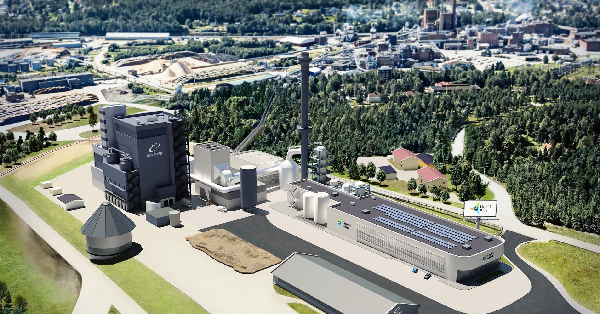Anne-Laure de Chammard, Member of the Executive Board for Transformation of Industry at Siemens Energy, said: “Without hydrogen or alternative fuels such as e-methanol, there will be no energy transition. We need to ramp up these novel industries as quickly as possible, which in turn requires economically viable business models and private investment. Groundbreaking projects like this are important to finally move from talk to action.”
Anders Nordstrøm, COO of Ørsted P2X, said: “At Ørsted, we want to create a world that runs entirely on green energy, and we believe that partnerships will be key to accelerate and develop the power-to-x solutions needed for the hard-to-electrify sectors. Siemens Energy is already a partner of Ørsted in our various renewable energy businesses, and I’m pleased that we now extend this longstanding partnership to power-to-x as well.”
Ørsted’s plant represents the start of commercial production of carbon neutral e-methanol in Europe, based on a unique approach. Instead of building bespoke plants at each location, FlagshipONE will act as a blueprint – a “copy-and-paste” model – that can be scaled and replicated at other locations, in Sweden and elsewhere. The standardization approach has been created by the Swedish company Liquid Wind AB, the original developer of FlagshipONE. Liquid Wind develops replicable facilities to produce e-fuel and has plans to develop at least ten facilities in Scandinavia by 2030. As a partner to Liquid Wind, Siemens Energy plays a significant part in developing and progressing this trailblazing concept and provides the framework for turning these e-fuel facilities into reality with its technology package.
FlagshipONE uses renewable electricity to produce green hydrogen, using Siemens Energy electrolyzers. A further stage in the synthesis process brings in biogenic carbon dioxide from a nearby biomass-fired combined heat and power station. The resulting e-methanol is a CO2-neutral electrofuel that is easy to store and transport. The e-methanol from FlagshipONE will be used in state-of-the-art “dual-fuel” ship engines, either alone or as an admixture to conventional fuel, and contribute towards the decarbonization of international maritime transportation, which accounts for three percent of global carbon emissions.
Green fuels are currently unavailable in sufficient volumes and the cost is significantly above fossil fuel. This is where FlagshipONE comes in. The plant provides a blueprint for modular e-methanol plants to ramp up the industry in a way that is both flexible and market-oriented, and to enable experience that can be fed into the ongoing improvement of existing and new plants using the digital-twin concept. The next plant, FlagshipTWO, is already being developed by Liquid Wind and will be able to supply 100,000 metric tons of e-methanol to the market using a 140-MW capacity electrolyzer.









































